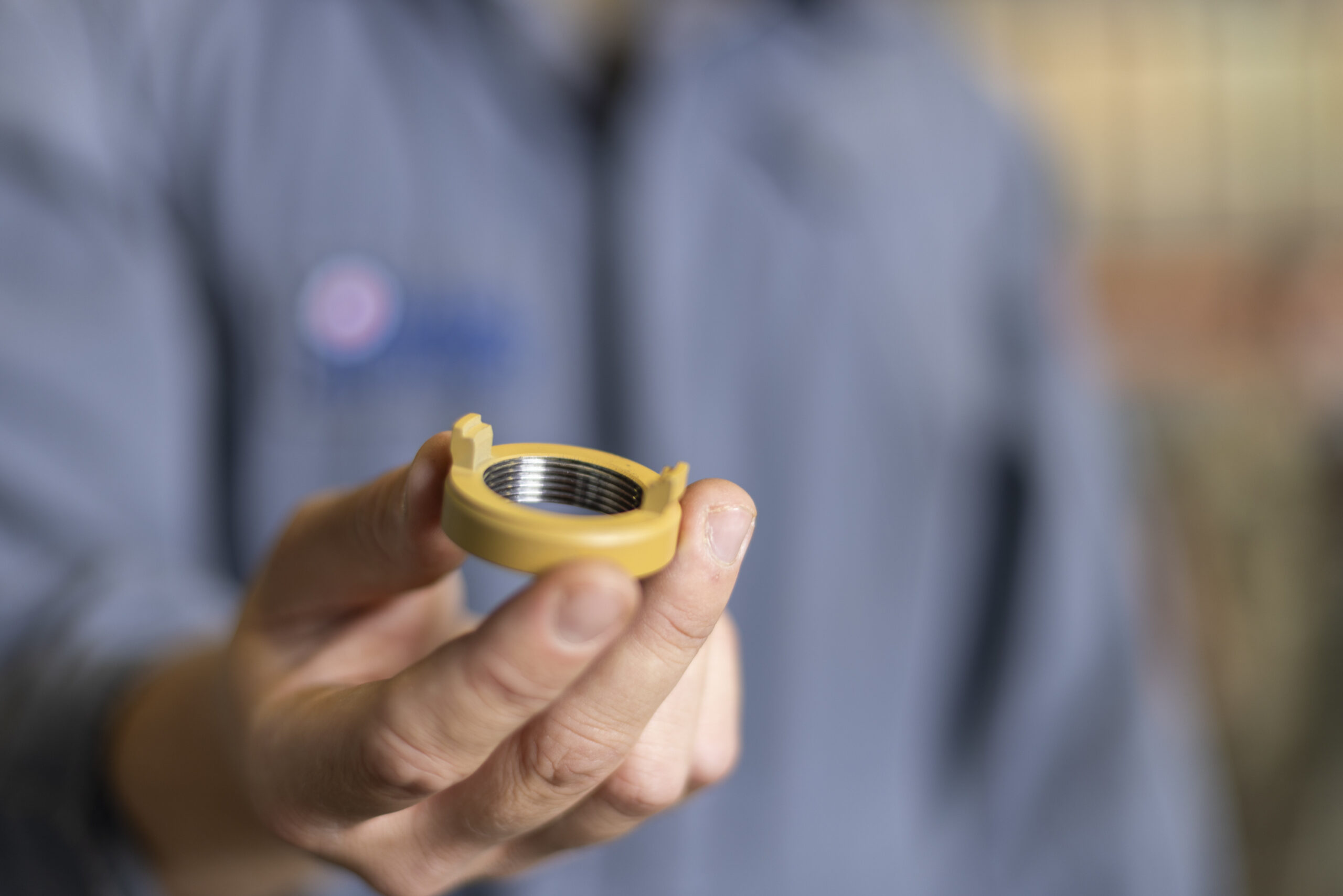The Royal Air Force has installed its first internally manufactured 3D printed component on an operational Typhoon fighter jet at RAF Coningsby this week. Engineers fitted a temporary replacement part for the pylon assembly that connects weapons systems to the aircraft’s wing. The component was produced at the Hilda B. Hewitt Centre for Innovation by specialists from No 71 Inspection & Repair Squadron and installed by 29 Squadron engineers.

The repair process demonstrated efficiency in addressing aircraft downtime. Engineers scanned the damaged component and shared data with both the original manufacturer and 71 Squadron. While the manufacturer developed a permanent replacement, 71 Squadron designed and printed a temporary solution to keep the aircraft operational.
“This isn’t intended as a permanent fix, but it shows where we’re heading. When aircraft are grounded waiting for spare parts, we can’t afford delays. Being able to print our own temporary components means getting jets back in the air faster,” said Squadron Leader John Mercer, Senior Engineering Officer at No 29 Squadron.
No 71 Inspection & Repair Squadron operates as part of the RAF Support Force, focusing on repairing damaged structures on UK fixed-wing military aircraft and providing inspection capabilities. The squadron includes designers who develop repair solutions when conventional fixes are unavailable or ineffective.
Wing Commander Gemma Lonsdale, Officer Commanding Air Wing Engineering at RAF Coningsby, noted the technology’s potential impact. “This technology offers enormous potential to maintain our aircraft faster than ever before. The 71 Squadron team has been exceptional – their expertise and collaboration made this milestone possible,” she said. The RAF indicates this success could lead to broader applications across its fleet, potentially reducing maintenance costs and improving aircraft availability.
Source: raf.mod.uk

